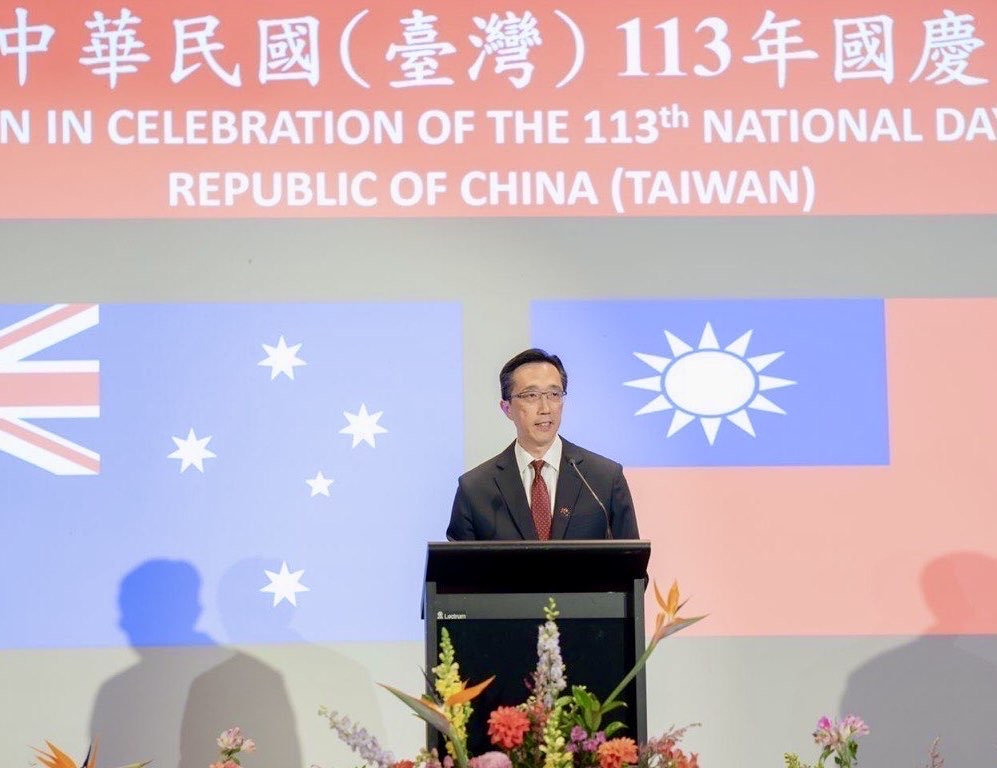As China and India reshape Africa’s used-vehicle landscape, the continent faces a critical juncture in mobility, regulation, and environmental sustainability. Without coordinated policy, end-of-life governance, and urban planning reforms, Africa risks being locked into a future of unsafe, polluting, and inequitable transport systems.
Africa is at a pivotal moment in its transport and environmental trajectory. As the sources and composition of vehicle exports to the continent change, policies, infrastructures, and urban systems remain ill-equipped to manage the associated socio-environmental risks. Africa must urgently rethink its vehicle standards, end-of-life governance, and urban mobility planning.
For a long time, most of the second-hand vehicles heavily consumed in Africa were supplied by OECD countries. This is changing rapidly. Researchers at the International Transport Forum project that China’s used vehicle exports to emerging economies may overtake those of all OECD countries combined within a decade. Thus, what began as a modest trade to low-income countries shows the potential for soon becoming a global export surge driven by China’s dominance in electric vehicle (EV) manufacturing and low production costs. Exports of Chinese used cars, including electric two- and three-wheelers, have soared in recent years, with African markets—such as Nigeria, Benin, Angola, and Djibouti—among the top five destinations.
India, too, is a key player in supplying affordable motorcycles and electric two-wheelers to the continent. This shift is happening as Africa’s transport landscape itself transforms: motorcycles now dominate vehicle fleets in many countries due to their low cost and adaptability, especially for informal transport and delivery work. Together, these trends signal a fundamental realignment of Africa’s vehicle imports—from Europe, the US, South Korea, and Japan to China and India—and raise urgent questions about safety, regulation, and what happens to these vehicles at the end of their life.
Yet, regulatory standards and controls appear not to be evolving fast enough to catch up with these new trends. For instance, a recent study revealed that across the continent customs officials are having a hard time with adequately inventorying, classifying, and registering the growing number of electric motorcycles being imported into the continent from China and India.
This evolving trade landscape presents both opportunity and risk. On one hand, the influx of affordable electric two- and three-wheelers has the potential to expand access to mobility and employment and reduce environmental and health risks from vehicular pollution. On the other hand, the absence of harmonised import standards, weak enforcement capacity, and insufficient data infrastructure means that many countries are struggling to regulate this new wave of vehicles. Without coordinated policy action, African governments risk being overwhelmed by the environmental, safety, and public health consequences of this shifting automotive tide.
Africa must respond urgently, credibly, and comprehensively to the socio-environmental burdens posed by the shifting geographies, trajectories, and composition of vehicle imports. As exports from China and India redefine the continent’s transport future, there is a narrow but critical window for governments to enact robust regulatory frameworks, invest in local capacities, and shape transitions that are equitable, safe, and sustainable—before these external trends become unmanageable and entrenched.
Strengthening regulatory and institutional capacity
Current poor inspection systems and outdated standards mean that highly polluting, unsafe, or substandard vehicles often enter African markets unchecked. A UNEP study found that most used vehicles exported to Africa between 2015 and 2018 did not meet basic environmental or safety benchmarks, contributing to worsening air pollution and road hazards.
To address this, national and regional bodies must invest in training customs and licensing officials, developing vehicle inspection regimes, and adopting harmonised standards for both ICE and electric vehicles. Initiatives such as the ECOWAS fuel economy roadmap offer models for coordinated policy action. Without stronger institutional frameworks, countries risk becoming dumping grounds for obsolete or hazardous vehicles—a pattern reinforced by weak enforcement and regulatory loopholes. Building institutional capacity is thus vital to safeguarding public health, improving road safety, and ensuring that Africa’s vehicle transition is sustainable and equitable.
Policy coordination at the continental level—through bodies like the African Union or regional economic communities—could play a pivotal role in aligning national strategies with broader sustainability goals. For example, the East African Community has begun developing harmonised vehicle emission standards, though uneven implementation remains a challenge.
Governing end-of-life vehicles and batteries
The adoption of rigorous vehicle scrappage policies is essential. National governments should develop policies that incentivise the early retirement of high-polluting vehicles while ensuring that scrappage schemes are designed to minimise socio-economic disruption for those reliant on the informal transport sector. For example, Egypt’s Vehicle Scrapping and Recycling Program provides financial incentives for taxi owners to scrap older, high-emission vehicles in exchange for newer, cleaner models. This approach can serve as a model for other African nations, particularly those with high levels of informal transport, to reduce pollution while supporting local economies.
To build on such efforts, African governments should design scrappage schemes that are integrated into wider strategies for sustainable transport and waste management. Financial incentives for regulated disposal can curb the widespread informal dismantling of vehicles, which often leads to severe environmental and health risks. At the same time, investing in formal recycling infrastructure—particularly for EV batteries—and supporting the informal workers already managing hazardous materials can unlock economic opportunities. This transition to a circular economy will require coordinated public-private investment and international collaboration to ensure safety, innovation, and inclusive job creation.
Circular economy transitions should not only reflect technical shifts but also social needs, ensuring that policies are inclusive of informal workers and responsive to local contexts. In South Africa, for instance, the national government has begun integrating informal waste pickers into planning frameworks, recognising their role in resource recovery. Similarly inclusive approaches could support more equitable and sustainable outcomes across Africa’s evolving vehicle recycling landscape.
Redesigning urban mobility to break vehicle dependency
Ultimately, however, the broader land-use, transport planning, and policy practices that have locked-in unsafe vehicle consumption in the continent must be dismantled. Indeed, in urban areas where most of the vehicles are concentrated, it is critical to dismantle the persisting colonial planning practices, systems, and societal organisation that separate work and other activities from home, and move towards encouraging mixed land-use that allows people to live, work, and shop in the same area so they travel less.
At the same time, it is key to invest in extensive public transit services (e.g., improved buses, rail, and non-motorised transport systems such as bicycle lanes and walkways, combined with well-integrated multi-modal public transport systems) and encourage transit-oriented development. Redirecting some resources from the construction of expensive roads, which stimulates sub- and peri-urbanisation in cities and towns, and, therefore, heightens the need for automobiles, to these kinds of measures would be an effective way to reduce automobile-dependency and with it, used-vehicle dependency and all the harms these bring.
Gaurav Mittal is a Researcher in Mobility Governance at the Transport Studies Unit of the University of Oxford
Festival Godwin Boateng is a Senior Research Associate in Mobility Governance at the Transport Studies Unit of the University of Oxford
This article is published under a Creative Commons License and may be republished with attribution.




